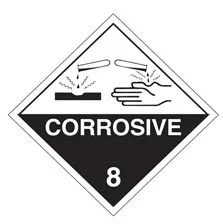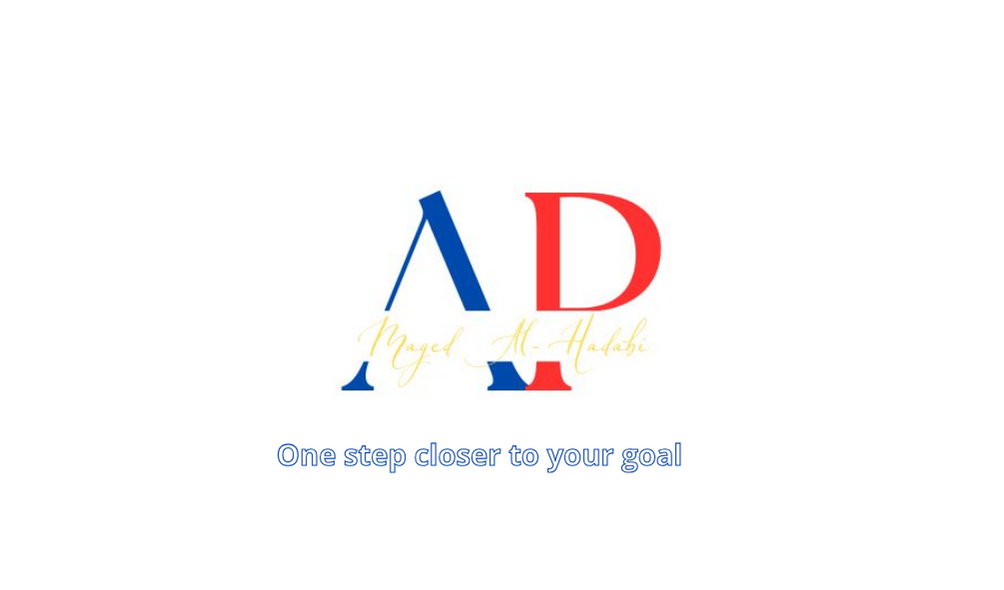 |
Dangerous goods class 8 Corrosive Substances, is a liquid or solid that will cause full thickness destruction of human skin at the site of contact within a specified period of time or, in the case of leakage will materially damage or even destroy other goods or the mean of transport.
Last week, I published article about Dangerous goods class 7 Radioactive Materials, you can read about it after completing reading this. also, you will find the remaining articles about dangerous goods classes here.
Do you have an idea about HAZMAT class 8?
Keep reading and you will be aware of it.
Dangerous goods incident involving passenger
While I was reading Australian Civil Aviation Safety Authority [CASA] website, I found a list many factual scenarios relating to some of the dangerous goods incidents involving passengers over which have been happened past couple of years.
One of these scenarios, Australian customs officials detected 5ml of mercury in checked baggage for passenger arriving on an international flight. Mercury [UN 28099] is a Class 8 dangerous goods.
According to IATA dangerous goods table 2.3.a, airline passengers are allowed to carry only one small medical thermometer in checked baggage and it should be in its protected case.
What is dangerous goods class 8 ?
Simply, a liquid or solid that will cause severe damage when in contact with living tissue ormetal.
DG Class 8 Corrosives Label
It has no divisions:
Class No. | Division No. | Name of Class |
8 | No | Corrosive Substances |
Class | IATA IMP CODE |
8 | RCM |
 |
| DG Class 8 Corrosive Label |
DG Class 8 Corrosives - Packing Group
Packing group are assigned to dg class 8 Corrosives according to special criteria, I will give you short explanation. But you must refer to current dangerous goods regulation at all the time.
DG Class 8 Corrosives - Packing Group I
Substances that cause full thickness destruction of intact skin tissue within an observation period of up to 60 minutes starting after an exposure time of 3 minutes or less.
DG Class 8 Corrosives - Packing Group II
Substances that cause full thickness destruction of intact skin tissue within an observation period of up to 14 days starting after an exposure time of more than 3 minutes but not more than 60 minutes.
DG Class 8 Corrosives - Packing Group III
Substances that cause full thickness destruction of intact skin tissue within an observation period of up to 14 days starting after an exposure time of more than 60 minutes but not more than 4 hours.
DG Class 8 Corrosives - Examples
Class 8 hazardous substances examples, many substances such as battery acids, sulphuric and other acids, sodium hydroxide, potassium hydroxide etc.
You can watch this video for more understanding
